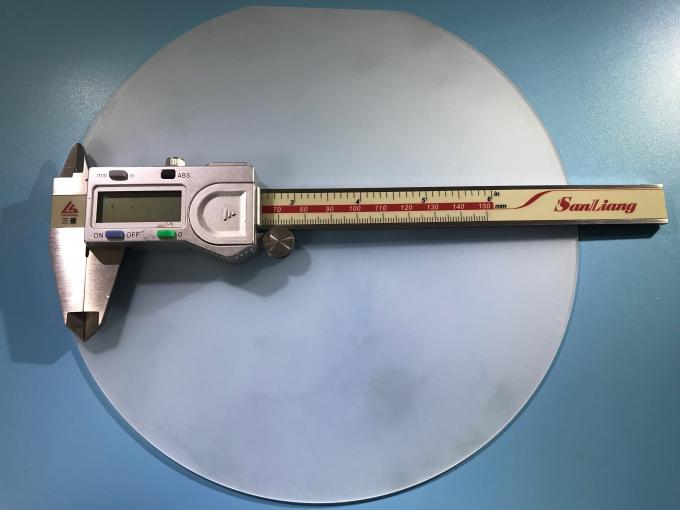Doping silicon
Doping silicon: In most Silicone wafers, the resulting doped semiconductor will contain a wide variety of impurities. If the semiconductor contains an equal number of donors and acceptors, the extra core electrons provided by the former will be utilised to complete the broken bonds caused by the latter, preventing doping from releasing any free carriers of either type. In the great majority of semiconductor devices, the p-n junction experiences this phenomena, which is referred to as compensation.

Doping silicon
Free Standing gan Wafer | Single Crystal Substrates
Si Doped Undoped Laser Device Gallium Nitride Wafer
300mm Gan Wafer | Gallium Nitride Wafer For Power Micro LED
8 Inch 12 Inch 6Inch gan Wafer
2 Inch 4 Inch GaN Wafer | Gallium Nitride Wafer
4inch 6inch GaN-ON-SiC EPI layer
Doping silicon
Doping silicon :People frequently picture a substance that has been purposefully introduced to the intrinsic semiconductor when they think of doping. An extrinsic semicond:uctor is what it is. Since the procedure aims to change the inherent semiconductor’s characteristics, it is also known as purposeful doping.
Doping silicon is possible to create a substrate with a low resistivity by using a substrate with a high concentration of phosphorus atoms per cm3 (PPM). A strongly doped substrate can be employed in a range of semiconductor devices and displays a greater positive thermal coefficient. Low cost visible photodetectors can also be made with it. To obtain the highest doping process efficiency, it is crucial to maintain the substrate’s lattice properties in the proper order. The production of dislocations along the substrate interface is caused by an incompatibility in the lattice properties. This will worsen junction leakage and impair the device’s functionality.
The degree of lattice contraction in relation to the amount of phosphorus doping is a reliable sign of how well the substrate is regulated by the P dopant. It is challenging to maintain a high P concentration because phosphorus dopants have a relatively high diffusion coefficient and a propensity to disperse from the substrate. However, by altering the number of P atoms in the dopant source, the effective concentration of active dopants can be accurately adjusted.
The experiment described in this publication demonstrates the value of doping silicon with phosphorus atoms per cm3. By altering the number of grafting-ashing cycles, the P concentration can be controlled. According to the findings, a high activation rate can only be attained in a specific range of P concentrations.
A bottom-up strategy offers better control over the P atom injection process, according to this experiment. This approach ensures the effectiveness of the doping procedure and enables precise control over the injection of the P atoms.
The outcomes additionally demonstrate that a lot of phosphorus dopants can infiltrate into silicon substrates. The diffusion coefficient of the dopant atoms determines how quickly these dopants diffuse. This indicates that a silicon substrate that has been heavily doped exhibits a high diffusion rate.
Doping silicon
Certain doping reactions cause the deposition of boron on silicon wafer surfaces. As a result of this deposit, silicon has boron concentrations ranging from 1019 to 6×1021 cm-3. In hostile settings, silicon is shielded by this layer. In solar energy harvesting applications, it is also employed.
Because its physical characteristics resemble those of an excellent conductor, silicon that has had boron atoms added is regarded as a heavily doped semiconductor. It has more than 300 k electrons per centimeter, a positive thermal coefficient, and a linear increase in doping concentration. It is a good emitter as well. However, the boron diffusion has a significant impact on its characteristics.
Doping silicon
Two different forms of dopants—boron pairs and phosphorus—are used when doping silicon with boron. Boron triplets have higher concentrations than boron pairs. Only a small portion of all boron is made up of boron pairs. The activation rate is decreased with phosphorus dopants. Around 1015 boron atoms are present per cubic centimeter. The boron triplet concentration is around two times higher.
The same method used for phosphorus doping can be used to measure the doping profiles of silicon that has been doped with boron. This approach is based on simulations of molecular dynamics from fundamental principles. Density functional theory is applied in these simulations.